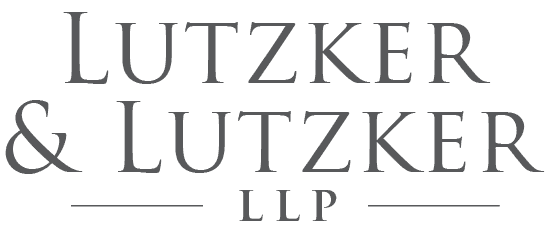This series highlights the legal complexities of co-ownership of intellectual property — copyrights, trademarks and patents. The assets involved can be as varied as brand names, trademarks and logos, as well as creative works such as songs, artwork, plays, films, music, symbols, inventions and written materials. Co-ownership issues span all industries and affect individuals, collaborators, […]
Read moreInsights
Copyrights and Co-Ownership
What is Co-Ownership? In the Supreme Court’s seminal 1884 copyright case, the Court held that an author is the individual who originates, makes and produces the work. Burrow-Giles Lithographic Co. v. Sarony, 111 U.S. 53, 61 (1884). A joint work is a work created by two or more authors who intend that their contributions form […]
Read moreTrademarks and Co-Ownership
A trademark is a word, symbol or device used by an entity or an individual capable of indicating a source of goods or services. 15 U.S.C. § 1127. A trademark functions as a source indicator of reputation and reduces consumer deception. Park ‘n Fly v. Dollar Park & Fly, 469 U.S. 189, 198 (1985). Trademarks […]
Read moreContracting Checklist for Intellectual Property Co-Ownership Agreements
Creative industries often involve collaborative projects with numerous moving parts, shifting roles, and evolving timelines. Due to this fluidity, it is common for projects to move forward based on informal agreements rather than formal contracts, particularly when resources are limited. In some ways, this flexible approach makes sense as contributors may come and go, and […]
Read moreProtecting Your Fine Art
Collecting fine art is a passion. However, owners need to be knowledgeable as to the various risks of damage and loss to their collections and take appropriate steps to mitigate those risks. To address some of these issues, we have compiled a four-part series: The Dos and Don’ts of Art Protection Insuring Your Art Art […]
Read moreConsigning Your Art
Consignment agreements are contracts between a gallery and an art owner that allow the gallery to display and/or sell the artwork. Like a loan agreement, a consignment agreement does not transfer ownership rights to the gallery and specifies that ownership transfers from the artist directly to the purchaser upon payment in full. These agreements typically […]
Read moreArt Protection in the Event of Natural Disasters
Art is both a cultural and financial asset, making its physical protection crucial. The Los Angeles wildfires in January 2025 underscored the importance of safeguarding works of art. This wasn’t the first wake-up call for threats to art. For example, Hurricane Sandy in October 2012 flooded New York City’s Chelsea art district, leading to numerous […]
Read moreInsuring Your Art: Protecting Its Value for Your Peace of Mind
If you have art assets, you must have appropriate, up-to-date insurance. If your art collection is valuable, having a fine art policy rather than including art on a homeowner’s insurance policy may be worth the added expense. Unlike a standard insurance policy that may include art coverage, a fine art insurance policy has significantly fewer […]
Read moreThe Dos and Don’ts of Art Protection
DO: DON’T
Read moreE-Recordation: Protecting Your Intellectual Property at the Border
Counterfeit goods enter the United States each year in mass, posing health risks and undermining brand value. Recording your products with U.S. Customs and Border Protection (CBP) can offer valuable protection if they are vulnerable to foreign counterfeiting. CBP cannot seize or destroy counterfeit goods at the border without a registered trademark and recordation. Recordation […]
Read more




